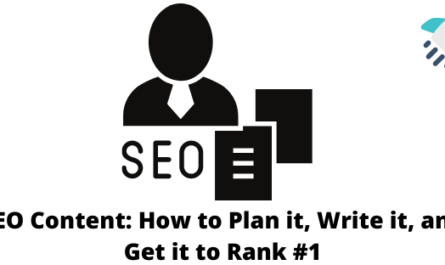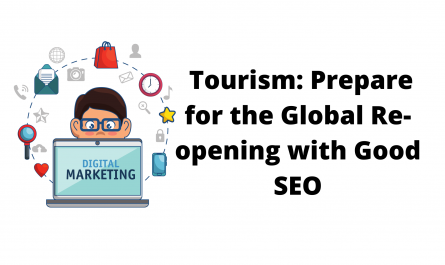Marketers and brands often measure their advertising channels against one another to determine which provides the best results. Most of the time, they measure Google versus social media.
It’s easy to assume that’s how it has to be done. After all, the ad types have many differences. For example, social media ad sizes, approaches, formats, and styles differ from Google’s, and vice versa. Plus, social media pages and platforms all fall under the collective banner of social media. And Google, of course, is one almighty force that completely dominates the search engine market.
There’s another way of looking at it, though.
Think of Google plus social media as an alternative to Google versus social media. Of course, there are advantages and disadvantages to each of these major marketing channels, but, in combination, they become even more effective than if used separately.
The secret is to fully utilize the power of each of these channels and allow each channel to help the other. To get started, follow these steps.
Encourage brand curiosity with social media, and finish with Google
Well-targeted social media marketing campaigns can effectively reach and convert cold audiences. As people inquire about your brand through a Google search after seeing social media advertisements, you have a golden opportunity to seal the deal.
When people see your social media ad, instead of clicking on it directly, they might go to Google and search for your brand name. There may be some interest in your social media ads, but people may want to know more about your business and what you sell. Therefore, they will search for your brand name instead of clicking the ad to obtain information about your brand, so make sure you provide them with the information they want.
Your brand name should be a keyword in your search campaigns, and your social media ads should match your brand message. As a result, cold social media audiences can find precisely what they were searching for on Google. By doing so, you strengthen your marketing message and demonstrate your credibility.
Optimize social media ad headlines
In addition to reaching many prospects on social media, a successful Google ad campaign will generate many brand searches. Because of this, your ad headlines need to be just as memorable as your brand name.
Catchy headlines can generate more direct searches and be more memorable than brand names. This may seem surprising initially, but it makes perfect sense when you think about it — brand names are not always as creative as headlines.
Social media and Google can be connected even more powerfully with retargeting. Therefore, a retargeting campaign is probably crucial to you if you manage campaigns on social media and Google.
A cross-platform approach to retargeting is one of the best ways to use retargeting, beyond simply showing the same ads to all your past visitors. You can use cross-platform retargeting on both social media and Google to retarget users who have found your site through both platforms.
Yet, there’s a more efficient way of doing it. Social media can also be used to retarget people who got to your website via a search ad.
You can use lookalike audiences in your social media campaigns, if you’re familiar with it. For example, you can utilize your site visitors’ search terms to create lookalike audiences.
If you know anything about lookalikes, you probably know that you should base your lookalike audiences on your top customers or users. Yes, that’s true, but there are other things you can do.
When you need a large number of very homogenous audience members, it can be challenging to create a high-quality seed. Your top lookalikes may produce good results, but you might wish to expand your audience.
Based on the search campaign visitors to your site, create a lookalike audience. As a result, you’ll have an easier time reaching people who are similar to those who searched for what you offer.
Remember, even if your Google ads failed to convert, their lookalikes still have the opportunity to convert.
However, you must be careful when using lookalike audiences. For example, it would help if you ensured that your regular lookalike audience would not be targeted twice in two different ad sets since some might also be part of this lookalike audience. Plus, lookalike audiences based on search should be excluded from your customer-based lookalike audiences.
Google ads and social media ads are two of the most powerful marketing forces for any brand or business. And while there are infinitely more articles and bits of advice devoted to the differences and comparative aspects, they are even more powerful when combined into one cohesive marketing mix.

